Sony looks to be stepping it up in a big way for a new generation.
PlayStation VR on the PS4 has been a success story in some very real ways. With over 5 million units sold and a steady library of games, Sony proved that VR gaming can be successful as an add-on to an already successful console. With the PS5, Sony looks to be upping the ante significantly, and the next-generation of PlayStation VR, likely called the PSVR 2, could significantly push boundaries for the industry as a whole.
If you've ever played or own an original PSVR, you'll know that while it's a great overall experience, there are certainly some improvements that can be made. Sony looks to be overhauling much of the experience, from the size of the headset to the resolution of the display, with a distinct possibility that it could be entirely wireless from the start. The controllers, too, are looking at a significant overhaul, and the tracking system should be suitably more advanced this time around, as well.
Impressively enough, Sony will still support the original PSVR on the PS5. That means that, if you own an original PSVR, it won't be obsolete the moment the PS5 releases. In fact, there's plenty of reasons to believe that PSVR gameplay will be enhanced on the PS5, as the system is designed for full backward compatibility with PS4 titles and will likely bring about enhanced graphics for at least some games.
What is the PSVR 2?
The PlayStation VR 2, better known as the PSVR 2, is Sony's second-generation VR headset. Sony has not officially announced the PSVR 2 yet but, just as we knew the PS5 was coming long before it was officially announced, we know that Sony is currently working on a next-generation VR headset designed exclusively for operation on the PS5. The PSVR 2 will connect with the PS5 and be used to play virtual reality games on Sony's next-generation console.
The original PSVR for the PS4 sold very well and is still well-supported to this day and, because of that reason, we're expecting Sony to go all-out on the technology used for the PSVR 2. Based upon what we know, the PSVR 2 should ship with a brand new, redesigned headset, brand new motion controllers with touch input, and will likely be a completely wireless unit. That means no more wires to get tangled up in, and proper support for full roomscale movement and tracking.
What will the PSVR 2 cost?
Sony surprised many in 2016 when it launched the PSVR for $400, which was at least 50% less expensive than its nearest competitor, the Oculus Rift. Now that the overall price of VR headsets has come down, Sony likely won't hold the price advantage with the PSVR 2 that it had with the original PSVR. We don't yet know how much the PSVR 2 will cost, but it's expected that Sony will hold the reigns at around $400, as that's the same price as its nearest competitor, the Oculus Quest.
Aside from the PlayStation name, one of the biggest reasons to buy an original PSVR over other VR headsets over the years was the sheer cost savings versus many other VR solutions. We've seen VR hardware prices drop significantly since consumer VR went big in 2016, and the original PSVR itself can easily be found for less than half the price it launched at so many years ago. All eyes are on a possible 2021 launch at the earliest, and many are hopeful that Sony can continue to deliver the same $400 price point the original PSVR launched at back in 2016.
When will the PSVR 2 be released?
At this point in time, we know for sure that the PSVR 2 is not coming out in 2020 alongside the PS5. Sony said so themselves, and the fact that we haven't seen any sort of official announcement or hardware showcase further proves that Sony isn't quite ready to reveal its hand just yet. Most likely, Sony is waiting until certain solutions are finalized so that it can deliver both an excellent and cost-effective experience for players. 2021 will be the earliest timeframe we'll see the PSVR 2 released.
What will the PSVR 2 controllers look like?
With the original PlayStation VR on the PS4, Sony utilized the PlayStation Move controllers that it had demonstrated before it even announced its intentions for virtual reality. At the time, the PS Move controllers looked to be in direct competition with the Nintendo Wii. As such, the form factor worked well enough for VR, but a few issues cropped up eventually. Not only is there no joystick or touchpad for virtual character movement, but the single-point camera system caused dead zones in movement tracking.
As far as ergonomics go, we don't know a whole lot about Sony's PSVR 2 controller design, but we have plenty of hints and a few design patents to go on. The wand-like design of the original PSVR controllers feels great when you're holding it, but there's a lot of buttons on the controller and it can get a bit confusing when trying to press buttons during fast action scenes. Some developers, like Camouflaj, who developed Iron Man VR, got around this by utilizing a unique movement system
Sony filed a patent, shown above, which generally seems to fit in with the form and functionality that we're expecting of the PSVR 2 controllers. The overall shape remains the same in many ways, including the wand-like design and four face buttons up top, but the controller features several enhancements that put it over the top when compared to the original.
First up is the fact that a joystick will now be prominently placed between the four face buttons on the front. This fills an important gap that the current-generation PSVR PS Move controllers have, as there's no way to virtually move your character without using teleportation or some other form of physical locomotion, such as arm-swinging or pulling. Joystick movement would help eliminate the need to use the standard PlayStation controller in some games, as it would provide all the input a virtual needed to move a virtual character.
The real meat of the new design can be seen in the video above. That's right, hand-tracking is coming to the PSVR 2 controllers, and it looks like Sony has developed a truly fantastic solution for delivering full-finger tracking on a controller that doesn't feel bulky or oversized. The above video features a prototype that, ironically, utilizes a PC and HTC's Vive Trackers to motion-track these prototype controllers. The final product will, of course, not require a PC or external trackers like this, but the movements in the video showcase the kind of accuracy Sony is aiming for this time around.
Finger tracking solutions are paramount for making virtual worlds feel more palpable, as you can actually grab and let go of virtual objects, with fingers that move exactly as yours do in real life. Employing finger tracking also means that the PSVR 2 will sport a significantly higher-fidelity virtual reality experience when compared to many current-generation experiences, as the hand-strap will keep the controllers in place even when you completely let go of them. That'll make actions like throwing objects not only easier but also far more realistic.
Will the PSVR 2 have an improved display and lenses?
Despite its age, the original PSVR's display remains one of the better VR displays on the market. Even still, Sony is likely ramping it up significantly for the PSVR 2, evidenced both by industry trends and the fact that we've seen several new VR displays appear from the same display company Sony owns a stake in. While we're not confident that we've seen the debut of the panel that will make its way to the PSVR 2, there are a couple of specs we absolutely expect from this display.
Like many industry players at this point in time, Sony will likely switch from an OLED panel to a fast-switching LCD panel. While OLED panels offer infinitely better contrast and deeper colors, fast-switching LCD panels offer a sharper image due to the fact that they use RGB stripe sub-pixel arrangements. Of course, the PSVR's OLED panel is one of the rare ones that actually uses an RGB stripe sub-pixel arrangement, so Sony could always surprise us with another generation of ultra-high quality OLED panels that don't use pentile arrangements again.
Regardless of the tech choice Sony makes, we know the PSVR 2's displays will be higher resolution and feature reduced screen door effect and less mura. The current PSVR displays feature 386 pixel-per-inch (ppi) pixel density, while newer VR displays from companies like JDI push that up to over 1,000 ppi.
But the resolution isn't the only thing that will be improved. Since the launch of the original PSVR, significant advancements have been made to VR lenses. Next-gen lenses like in the HP Reverb G2 and Valve Index are sure to make an appearance on the PSVR 2, and Sony could even surprise us with something even clearer than Valve and co have come up with.
We also expect these lenses to allow players to see more of the world around them by expanding the field of view. Interviews from 2019 tell us to expect the FoV to increase from 100 to 120, allowing your eyes to take in more of the detail in the virtual around all around you.
Will the PSVR 2 have eye-tracking?
While eye-tracking sounds a little freaky at first, the term eye-tracking is simply a way of the PSVR being able to improve the graphics in the exact places your eyes are looking at. This type of rendering is called Foveated Rendering and means that the PS5 will render only the center of your vision in the highest resolution.
Everything in your peripheral vision will feature a lower resolution (since your eyes automatically lower focus detail on these segments of vision anyway), and help increase the performance of VR games by over 60% in many situations. In the video below, you can see an example from Nvidia that showcases different ways of implementing foveated rendering with eye-tracking. Keep in mind that viewing something like this on a 2D monitor doesn't give the full effect, as your eyes won't be able to see the lower-resolution edges the same way in VR space since the system will automatically move the center-point based on your eyes.
Oculus began work on simple foveated rendering with the Oculus Quest last year, but this method breaks apart a bit if you use your eyes to look around more than your head. That's because the edges of the display are always lower resolution, while Sony's method would dynamically move this higher-resolution center spot around depending on where your retinas are aimed.
Will the PSVR 2 have face-tracking?
Social networking is looking to take an entirely different meaning with the future of VR. You've probably seen plenty of sci-fi films and movies depicting artificial worlds that we'll all live in one day (think more like Caprica than The Matrix), and a lot of living and socializing in such a world relies heavily on face and body language. Right now, social applications like VRChat are an impressive look at what's to come in the future. But they're missing one huge part of communication; body language.
Sure, you can move around freely and express yourself with hand gestures and head movements, but no one can actually see your face or see the nuances our brains pick up when someone is holding their shoulders just a tad lower than usual. Upcoming platforms like Spatial present your actual human face on a virtual avatar, and the difference couldn't be more noticeable. While these projected faces can look a bit odd at first, there's no denying they're considerably more effective than the current environment of Zoom meetings and crappy video cameras.
This one might be a bit further out than the PSVR 2, but there's still hope that this patent from Sony shows that it's been worked on for some time and could very well be implemented in a future PSVR release. Having facial tracking means playing with your friends the next Call of Duty in VR could feel far more like an actual experience, as you'll clearly be able to see what they're thinking even before they say it.
While the above video showcases Facebook's Oculus face tracking prototypes from a year ago, it shows that this technology is far more along than some might have supposed. By the time the PSVR 2 actually releases, this technology will be even further along in development and likely far easier to implement into actual games. Like finger tracking, this isn't necessary for the VR experience, but it goes a long, long way in making it feel significantly more real.
Will the PSVR 2 be wireless?
Sony has already patented a method for bringing its next-generation PlayStation VR into the wireless future, and interviews from last year show that Sony is working to make this a reality in the PSVR 2.
This particular patent shows the PSVR 2 sporting cameras all around the headset, including on the back, which would give it a tracking advantage when compared to the Oculus Insight tracking, which utilizes four or five cameras on only the front of the headset. That means the PSVR 2 won't just be wireless, but it'll be able to tell exactly where your controllers are no matter where you're holding them. Right now, current inside-out tracking solutions tend to have dead zones when controllers are placed behind a player's body.
Now, of course, you'll still need a PS5 to power the PSVR 2. This isn't a completely standalone solution like the Oculus Quest is. It's more like what you can find on the PC with an HTC Vive headset and the HTC Vive Wireless Adapter. If that's the case, it's likely that Sony will utilize a similar wireless solution to the Intel WiGig solution that HTC uses for the Vive. That's an ultra-high-speed, ultra-short-range 60GHz wireless solution that is really only designed to work in a single room in your home and emits via an external box or sensor that acts as a base station.
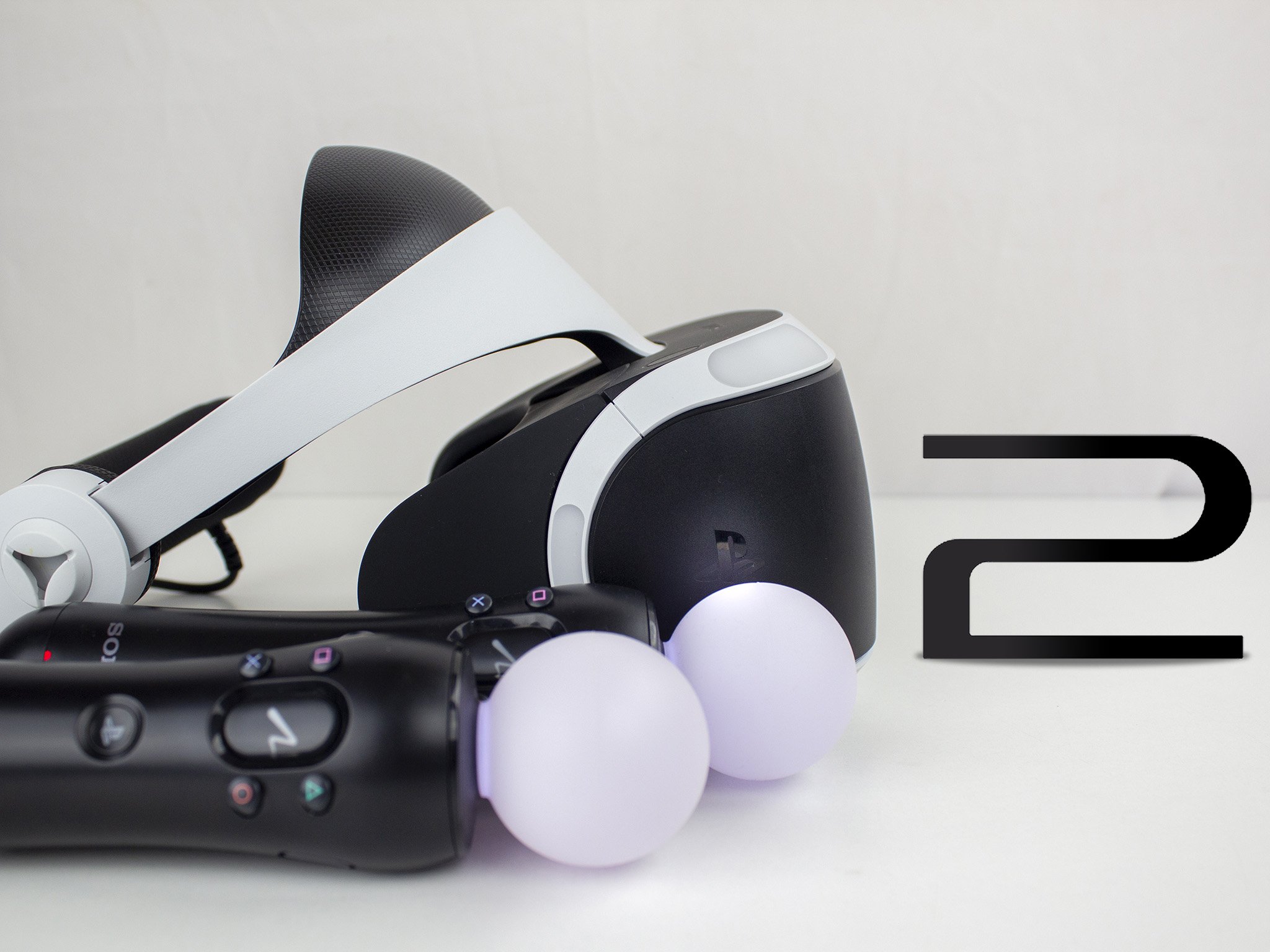
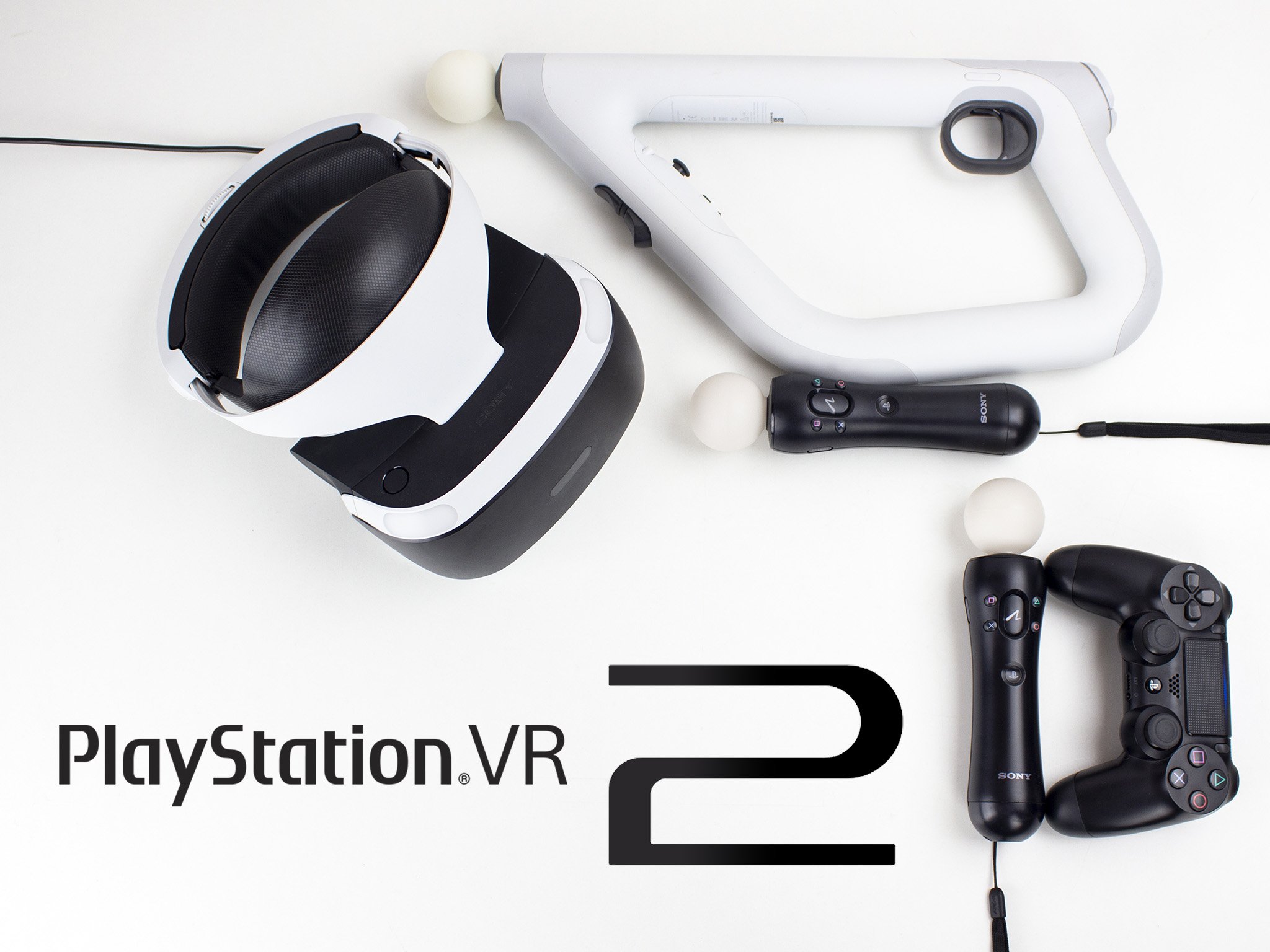
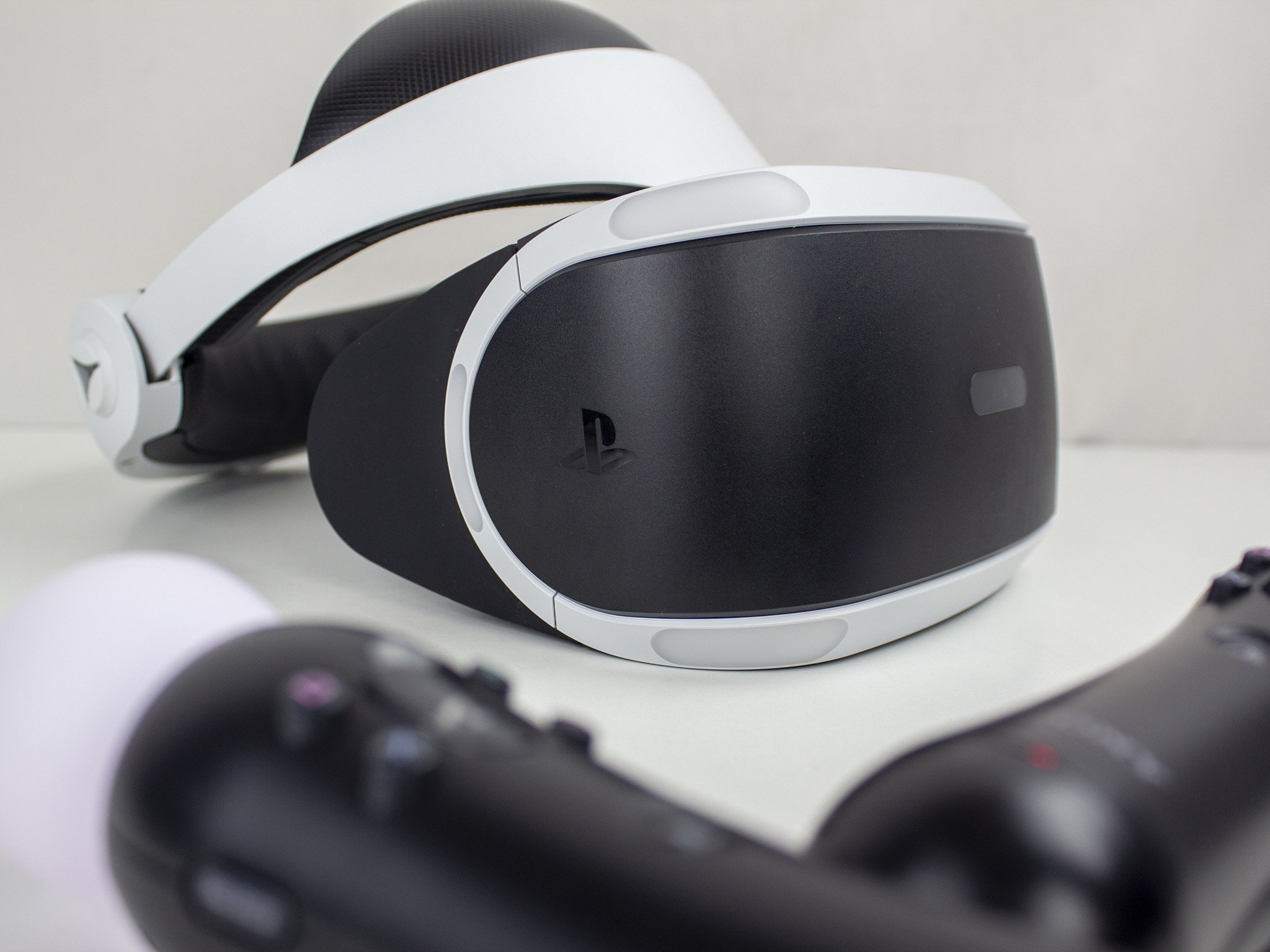
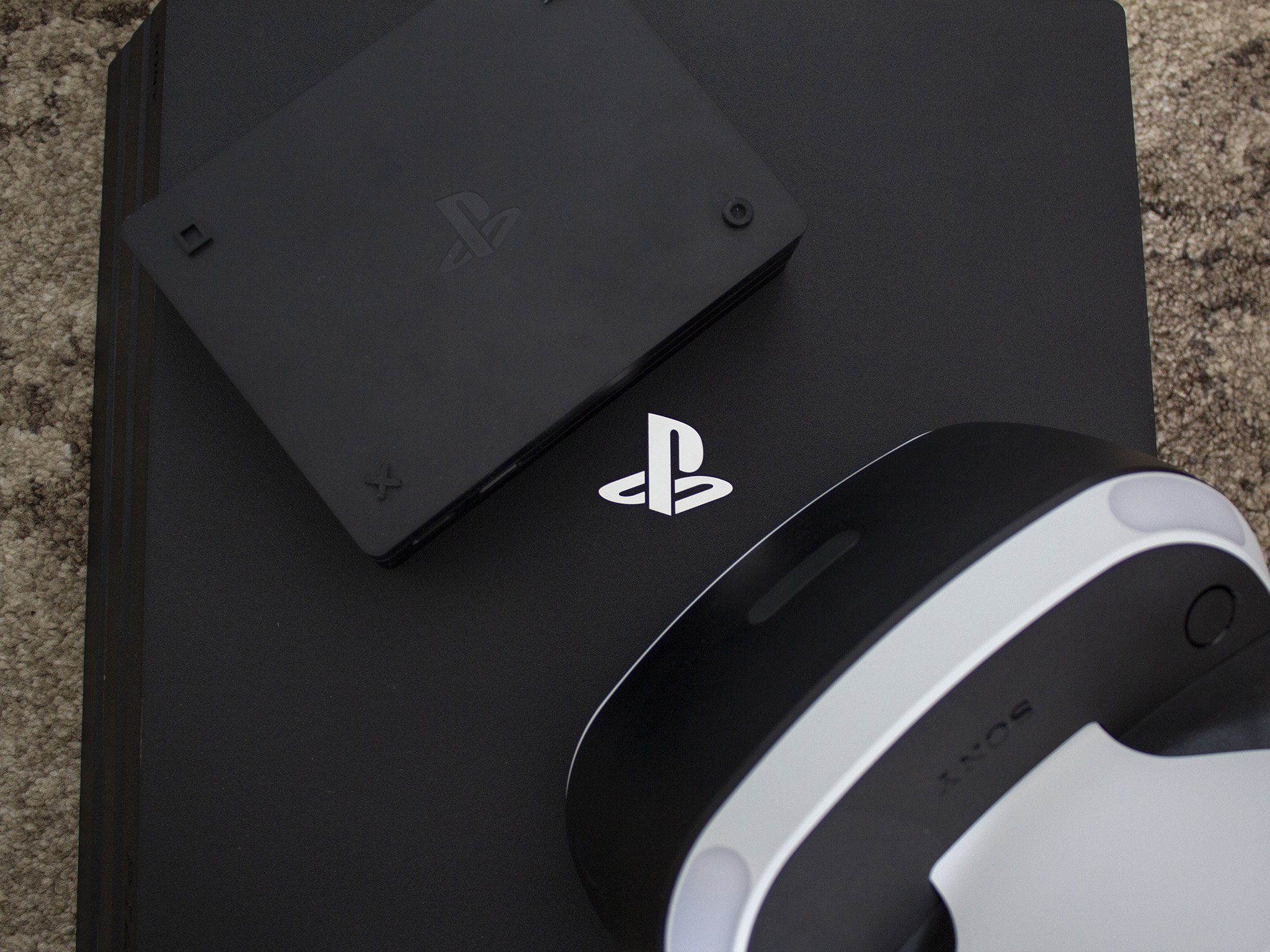
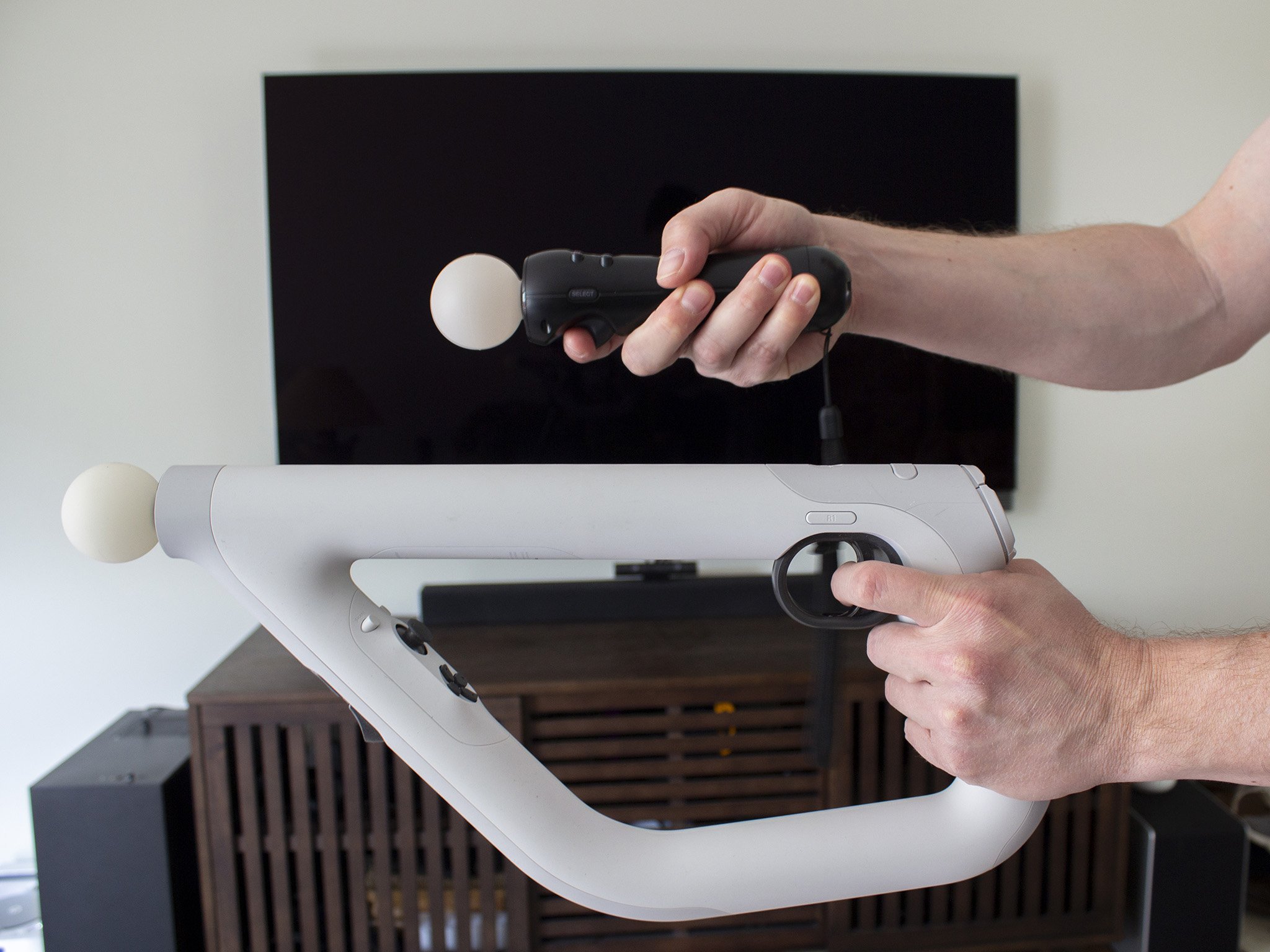
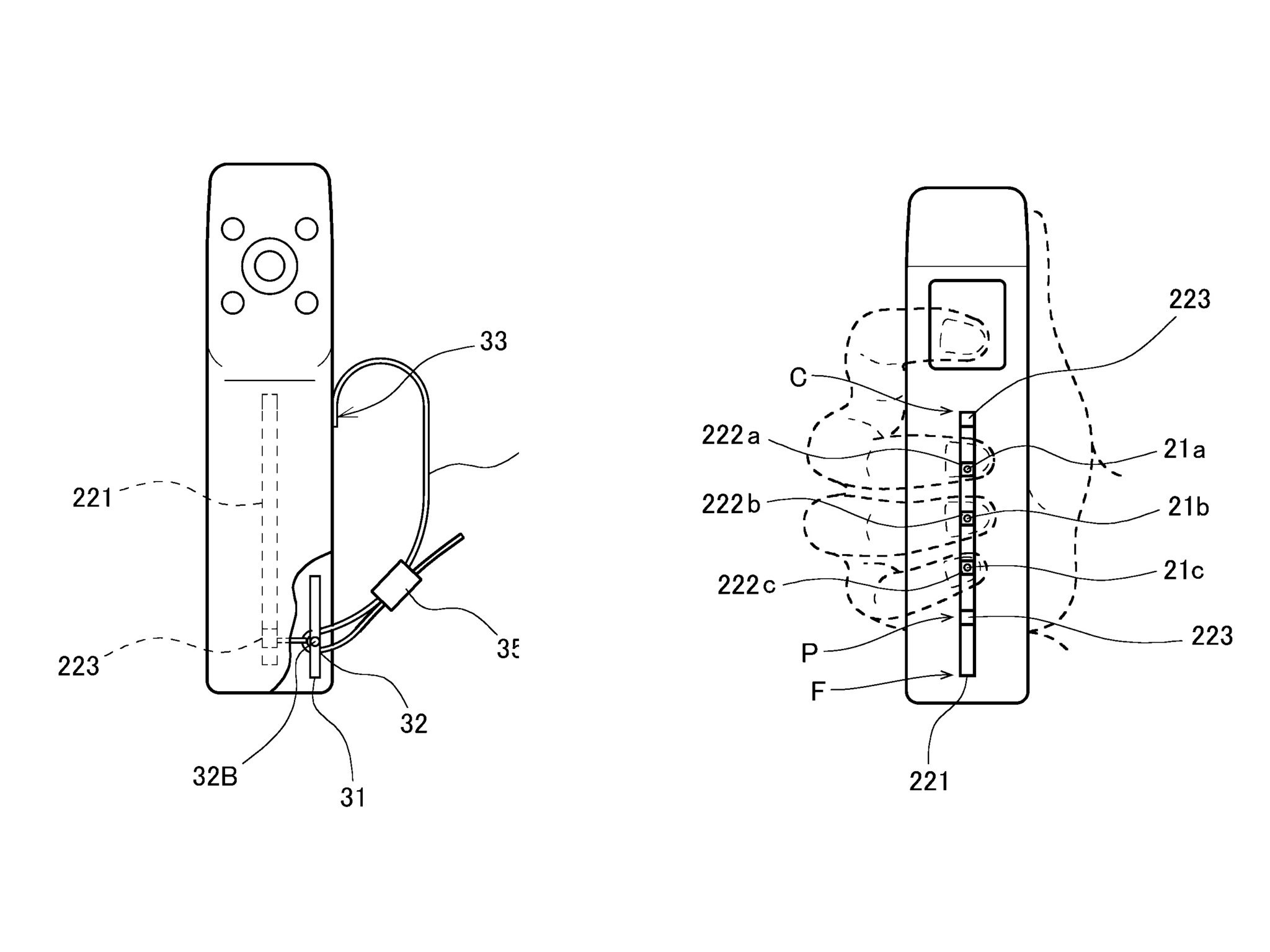
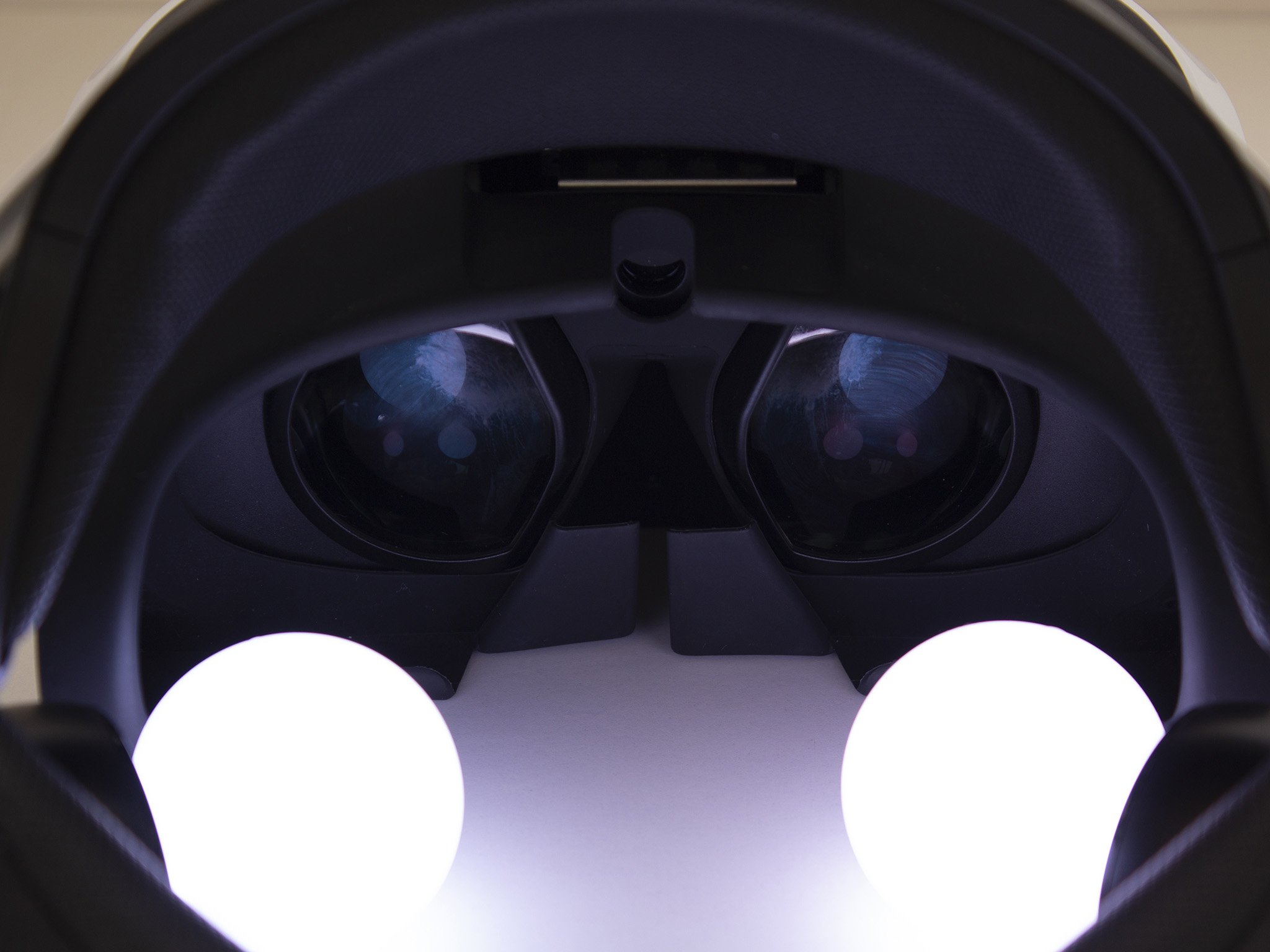


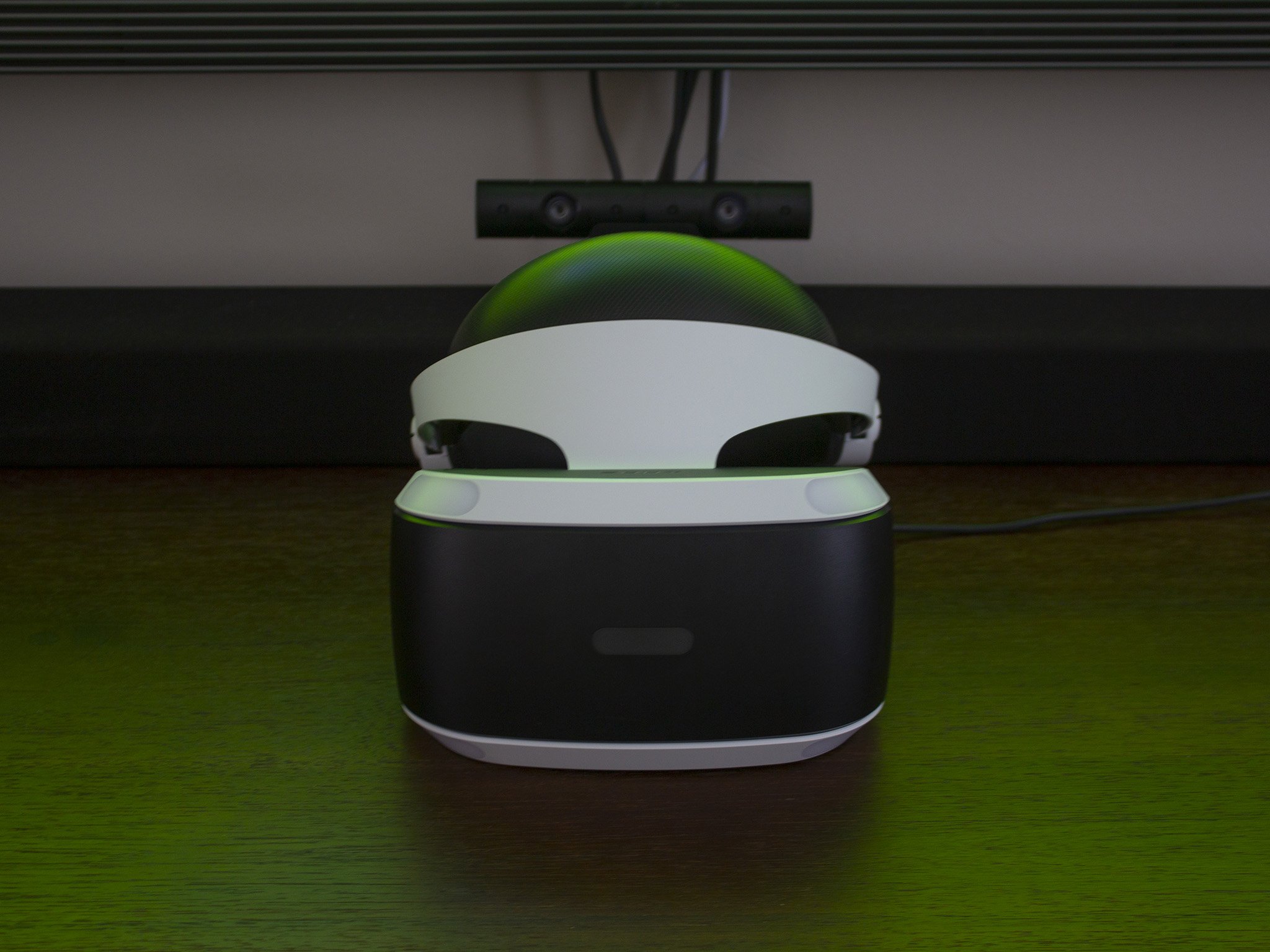
0 Response to "You Can See More: Everything we know so far about the next PSVR"
Post a Comment